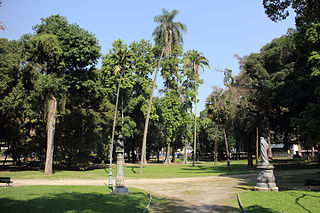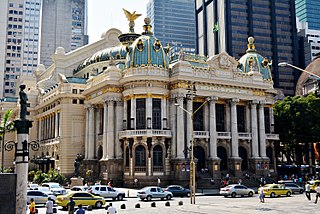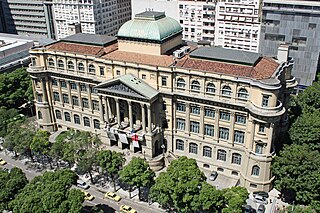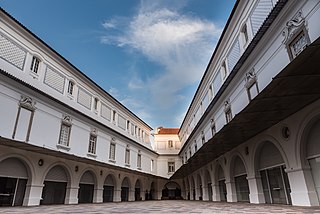Self-guided Sightseeing Tour #6 in Rio de Janeiro, Brazil
Legend
Guided Free Walking Tours
Book free guided walking tours in Rio de Janeiro.
Guided Sightseeing Tours
Book guided sightseeing tours and activities in Rio de Janeiro.
Tour Facts
1.9 km
101 m
Experience Rio de Janeiro in Brazil in a whole new way with our free self-guided sightseeing tour. This site not only offers you practical information and insider tips, but also a rich variety of activities and sights you shouldn't miss. Whether you love art and culture, want to explore historical sites or simply want to experience the vibrant atmosphere of a lively city - you'll find everything you need for your personal adventure here.
Activities in Rio de JaneiroIndividual Sights in Rio de JaneiroSight 1: Passeio Público
The Passeio Público is a public park in the historic centre of Rio de Janeiro, Brazil. Built after 1779, it is the oldest public park of Brazil and one of the oldest in the Americas.
Sight 2: Theatro Municipal
The Municipal Theater of Rio de Janeiro is one of the most important Brazilian theaters. It is located in Cinelândia, downtown Rio de Janeiro.
Sight 3: National Library
Get Ticket*The National Library of Brazil is the depository of the bibliographic and documentary heritage of Brazil. It is located in Rio de Janeiro, the capital city of Brazil from 1822 to 1960, more specifically at Cinelândia square.
Sight 4: Museu Histórico Nacional
The National Historical Museum of Brazil was created in 1922, and possesses over 287,000 items, including the largest numismatic collection of Latin America. The architectural complex that houses the museum was built in 1603 as the St. James of Mercy Fort; earlier structures date back to 1567, erected by order of King Sebastian I of Portugal. In 1693, the Calaboose Prison, for slaves, was built. In 1762, the Casa do Trem was added as a depot of weapons and ammunition. The last additions are the War Arsenal (1764) and the Barracks (1835).
Wikipedia: National Historical Museum (Brazil) (EN), Website
Sight 5: Largo da Misericórdia
Largo da Misericórdia may refer to:Largo da Misericórdia, Elvas, in Portugal Largo da Misericórdia (Guimarães), in Portugal Largo da Misericórdia (Linhares), in Portugal Largo da Misericórdia (Monchique), in Portugal Largo da Misericórdia (Tavira) - in Portugal Largo da Misericórdia (Viseu) - in Portugal Largo da Misericórdia - in the central region of the city
Share
How likely are you to recommend us?
Disclaimer Please be aware of your surroundings and do not enter private property. We are not liable for any damages that occur during the tours.
GPX-Download For navigation apps and GPS devices you can download the tour as a GPX file.



